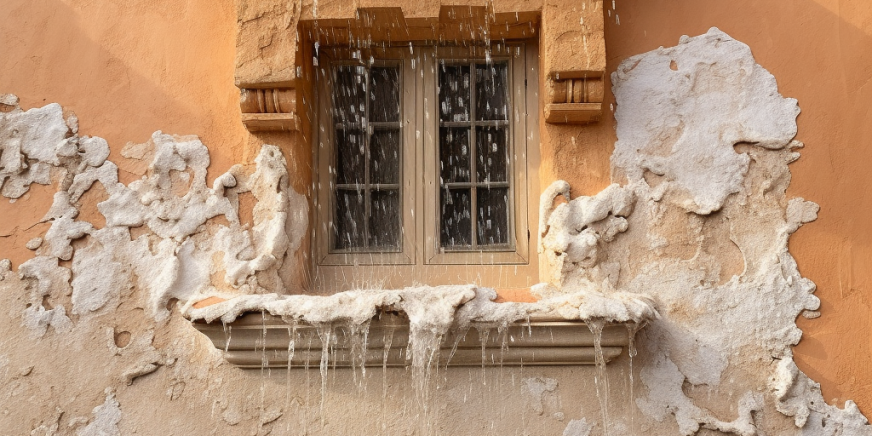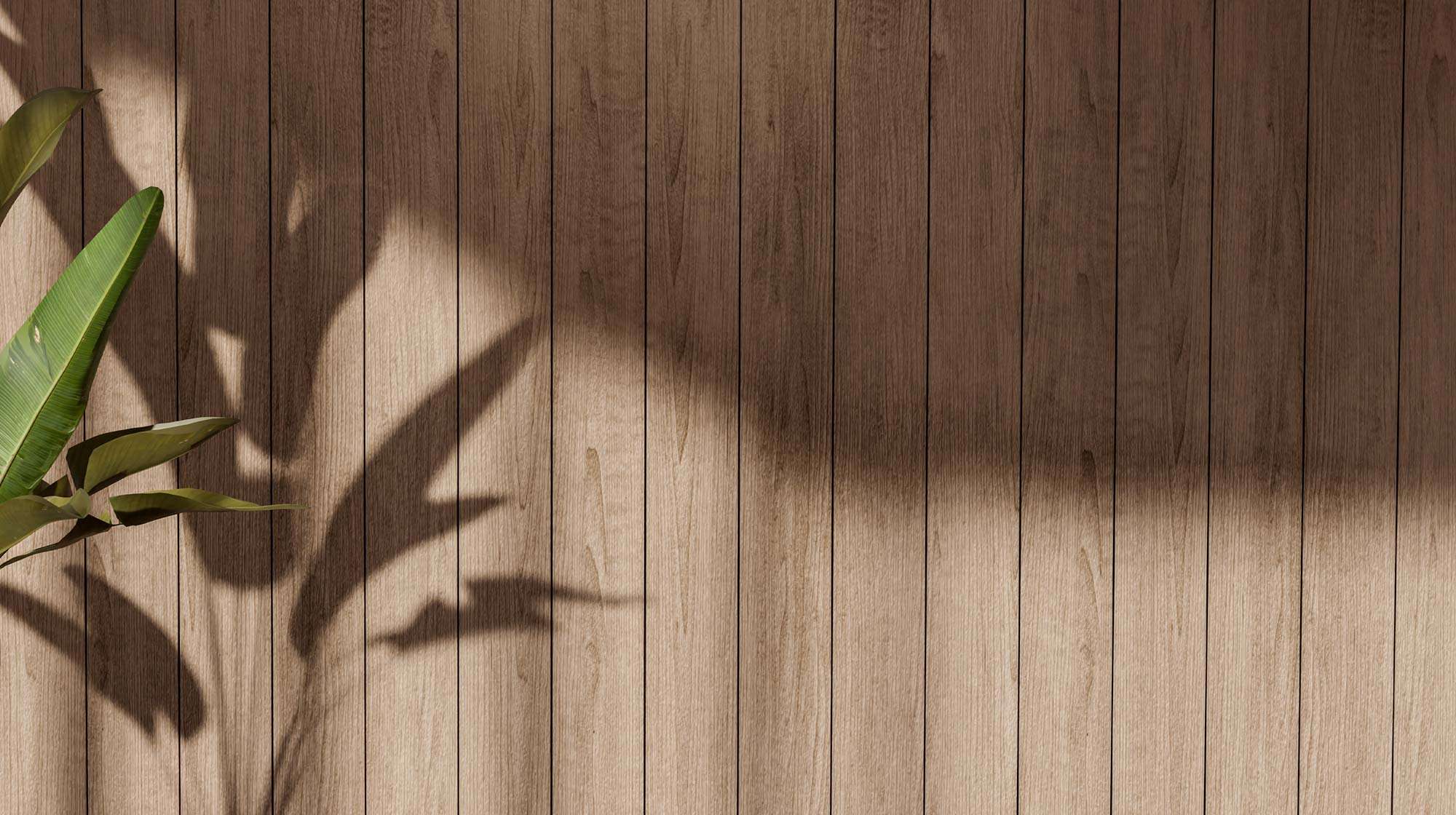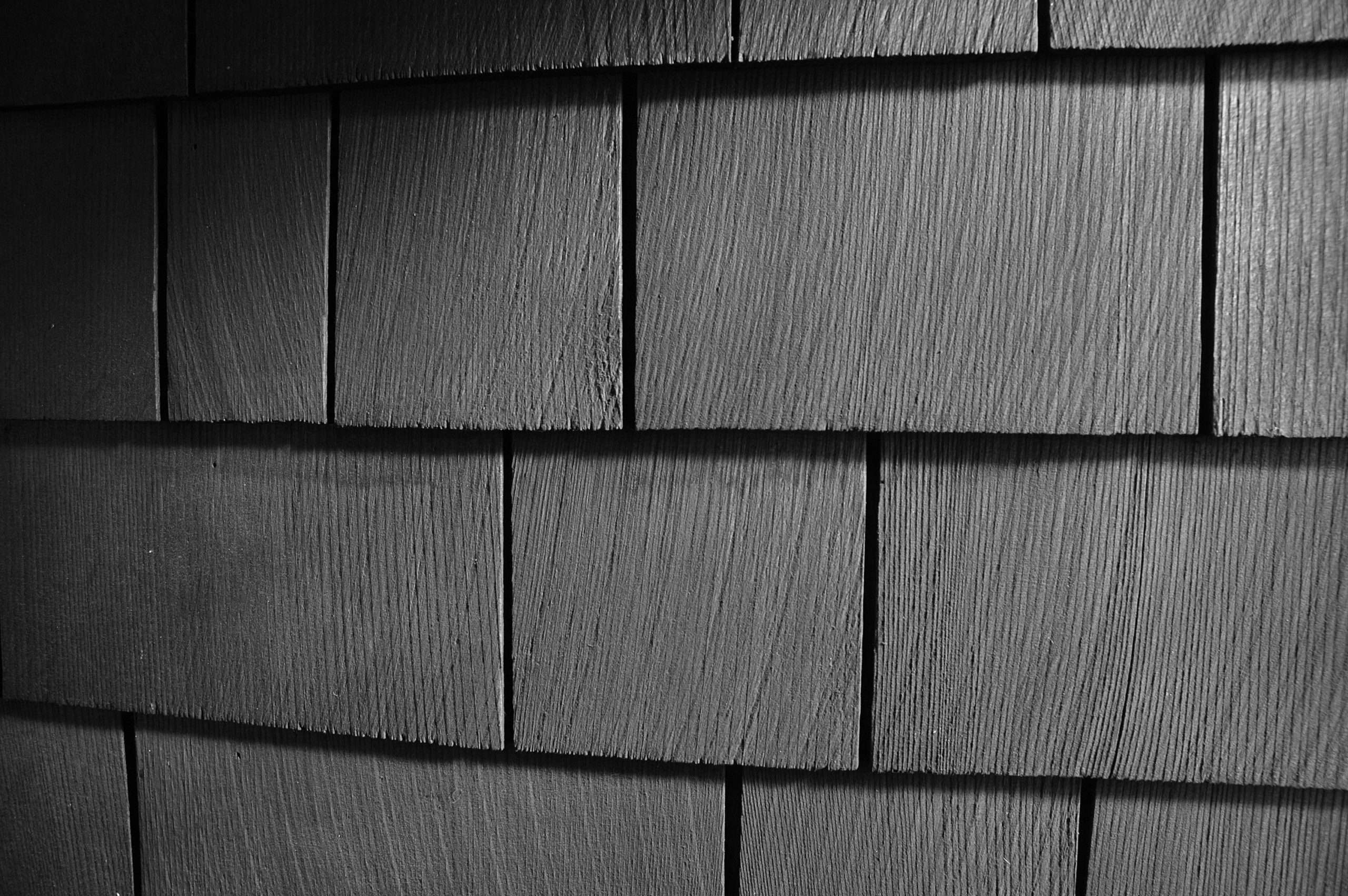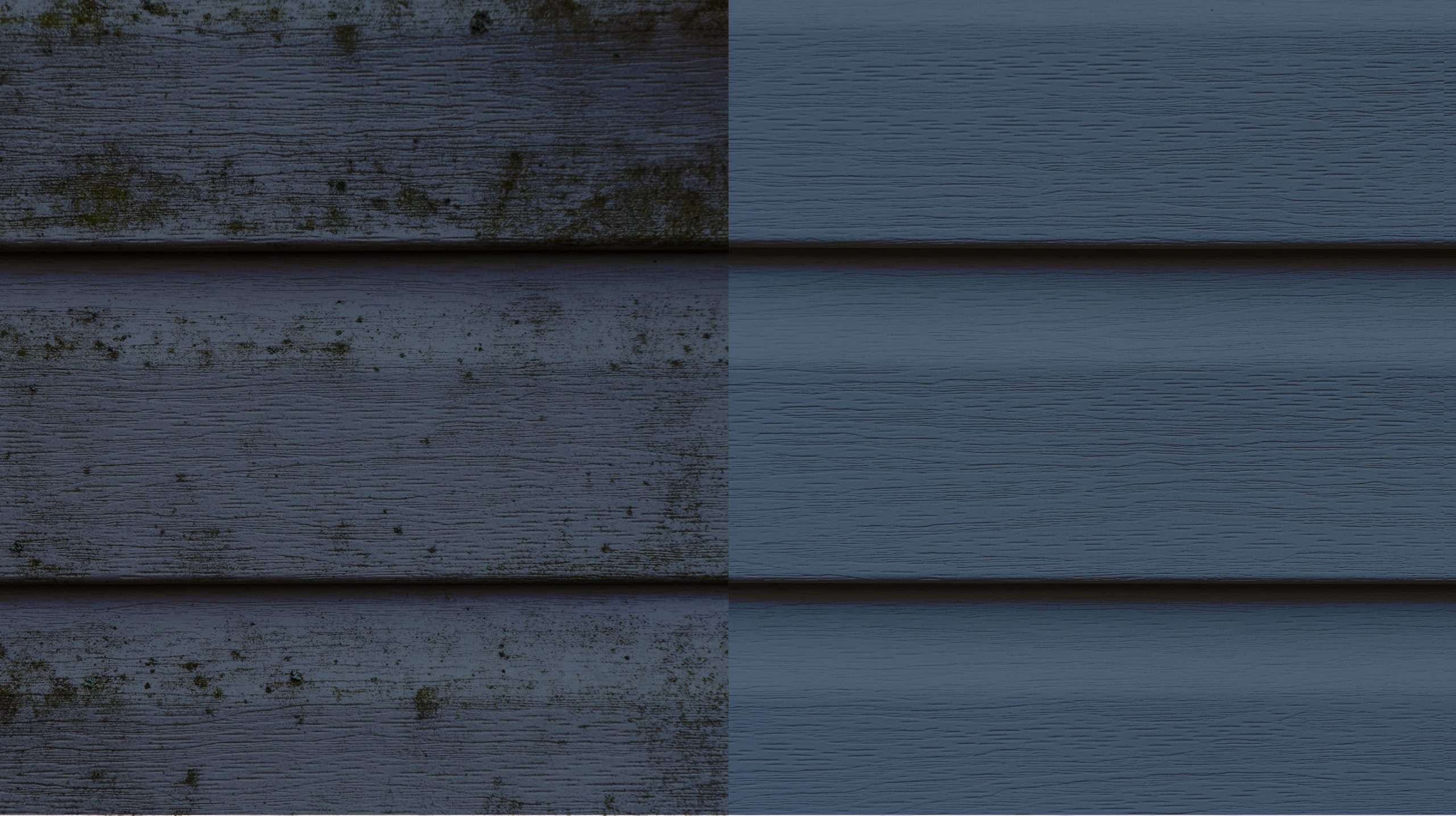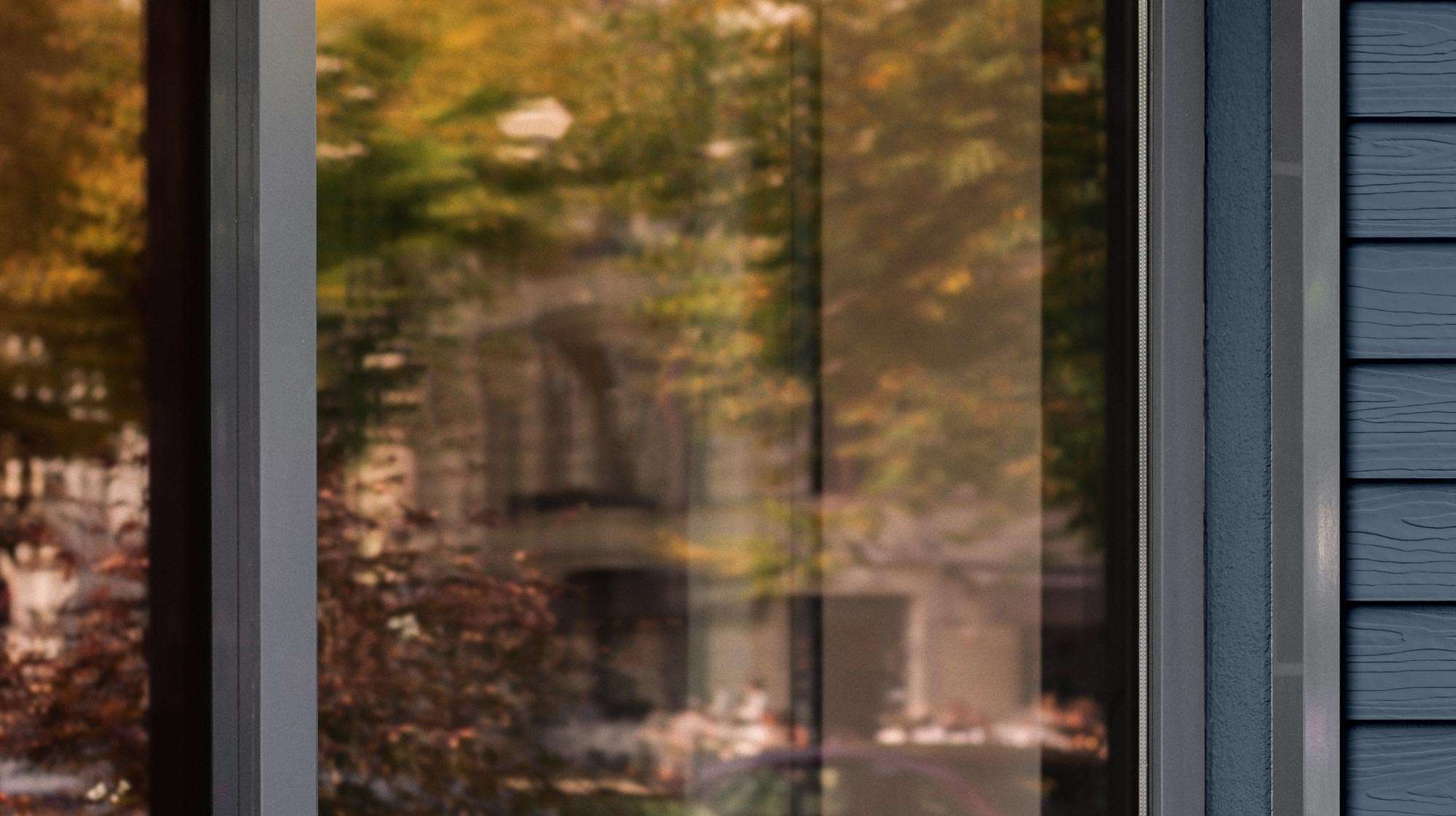Introduction
Stucco homes bring such a distinct charm, especially here in San Luis Obispo. They stand out with their texture and elegance. But if you think stucco is an impenetrable fortress against termites, think again. These pests don’t always go where we expect them to—and they don’t need much of an opening to start their damage.
Stucco isn’t immune to termites, and understanding how to spot and repair termite damage is essential for keeping your home looking good and standing strong. Let’s walk through the key steps you can take to protect your stucco home.
Table of Contents
- Introduction
- Spotting Signs of Termite Damage
- Understanding Why Stucco is Vulnerable
- Why San Luis Obispo Puts Stucco Homes at Risk
- DIY vs. Professional Repairs
- How the Repair Process Works
- Taking Preventive Steps
- Conclusion
Spotting Signs of Termite Damage
Recognizing termite damage in stucco can be tricky. Unlike wood, where you might see gnaw marks or even tunnels, termites under stucco often leave subtler signs. Here’s what to look for:
- Small Holes: Tiny, pinhole openings are often entry points for termites.
- Hollow Sounds: Tap on the wall; hollow sounds could mean damage beneath.
- Crumbling Patches: Areas where stucco seems to break down or crumble on its own.
Each of these signs can indicate that termites have made their way under the surface. If you catch any of them early, you can prevent more extensive damage.
Understanding Why Stucco is Vulnerable
You might wonder, "Stucco isn’t wood, so why would termites be interested?" Stucco itself isn’t a food source, but it can hide the wood framing behind it. Termites find cracks or small gaps, tunnel in, and start feasting on the structural wood behind the stucco. It’s a hidden path for them, allowing termites to remain undetected until the damage is done.
Why San Luis Obispo Puts Stucco Homes at Risk
Our warm, mild climate here in San Luis Obispo is practically paradise for termites. They thrive in these conditions. With mild winters and moisture in the air, termites don’t face the same seasonal limits they would in colder areas. Regular inspections here are key; the longer termites go undetected, the deeper they can burrow.
DIY vs. Professional Repairs
So, can you fix termite damage yourself, or do you need professional help? It depends on the extent of the damage.
- Small Damage: For minor holes or cracks, DIY solutions may work. You can patch up small areas with some basic tools and materials.
- Larger Structural Damage: If the damage runs deeper, affecting the wood behind the stucco, a professional is the way to go. Professionals can properly assess and repair structural damage, ensuring it’s fully addressed.
Rogall + Co. has the experience to handle these more serious repairs, making sure your home is fully restored and protected.
How the Repair Process Works
The repair process for termite damage in stucco isn’t overly complicated, but it needs to be thorough. Here’s a quick look at what happens:
- Assessment: A professional examines the stucco to pinpoint termite entry points and gauge the extent of the damage.
- Treatment: Once the termite nest is identified, treatment begins. This could involve baiting systems or treating the soil around the foundation.
- Stucco Repair: Damaged sections of stucco are removed, any affected wood is treated or replaced, and new stucco is applied to create a seamless match.
- Finishing Touches: Finally, the new stucco is painted to blend with the surrounding area, and additional protective coatings may be added to keep termites from returning.
By the time the process is done, your home will look as good as new and be far better protected from future infestations.
Taking Preventive Steps
If you want to prevent termites from setting up shop in your stucco, here are a few steps to take:
- Schedule Regular Inspections: Have a professional inspect your home, especially in a termite-prone area like San Luis Obispo.
- Seal Any Cracks: Take care of gaps or cracks that termites could use as entry points.
- Consider Termite-Resistant Paint: Some exterior paints are designed to deter termites and add an extra layer of protection.
These simple measures can go a long way in keeping your stucco home secure from pests.
Conclusion
Stucco homes are beautiful, but like any building material, they need a little help to withstand termites—especially in a place like San Luis Obispo. Routine maintenance and quick responses to any signs of damage make all the difference.
If you spot termite damage or suspect a problem, don’t hesitate. The sooner you take action, the easier and less costly repairs will be. And remember, Rogall + Co. is here to help. With the right repairs and preventive measures, you can enjoy the beauty and resilience of your stucco home for many years to come.
